Related projects & activities
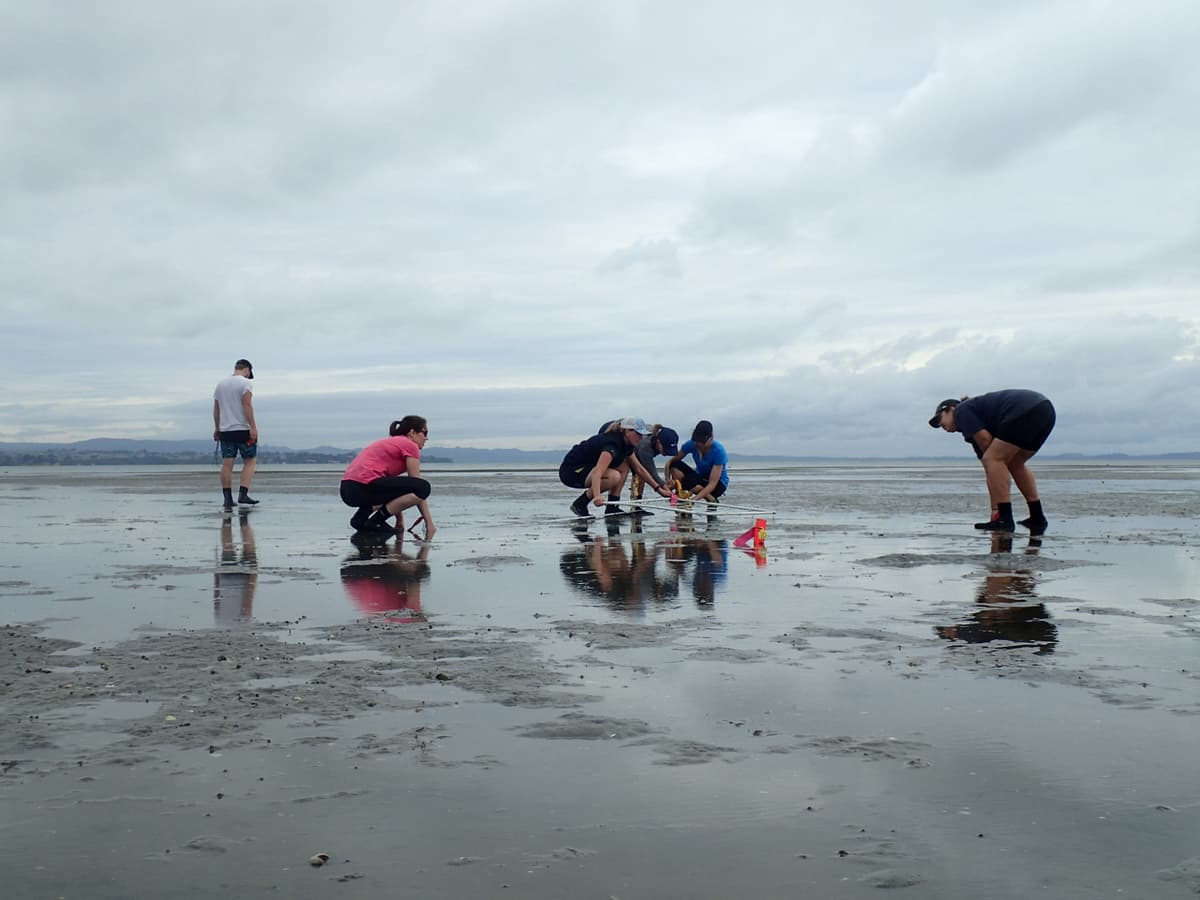
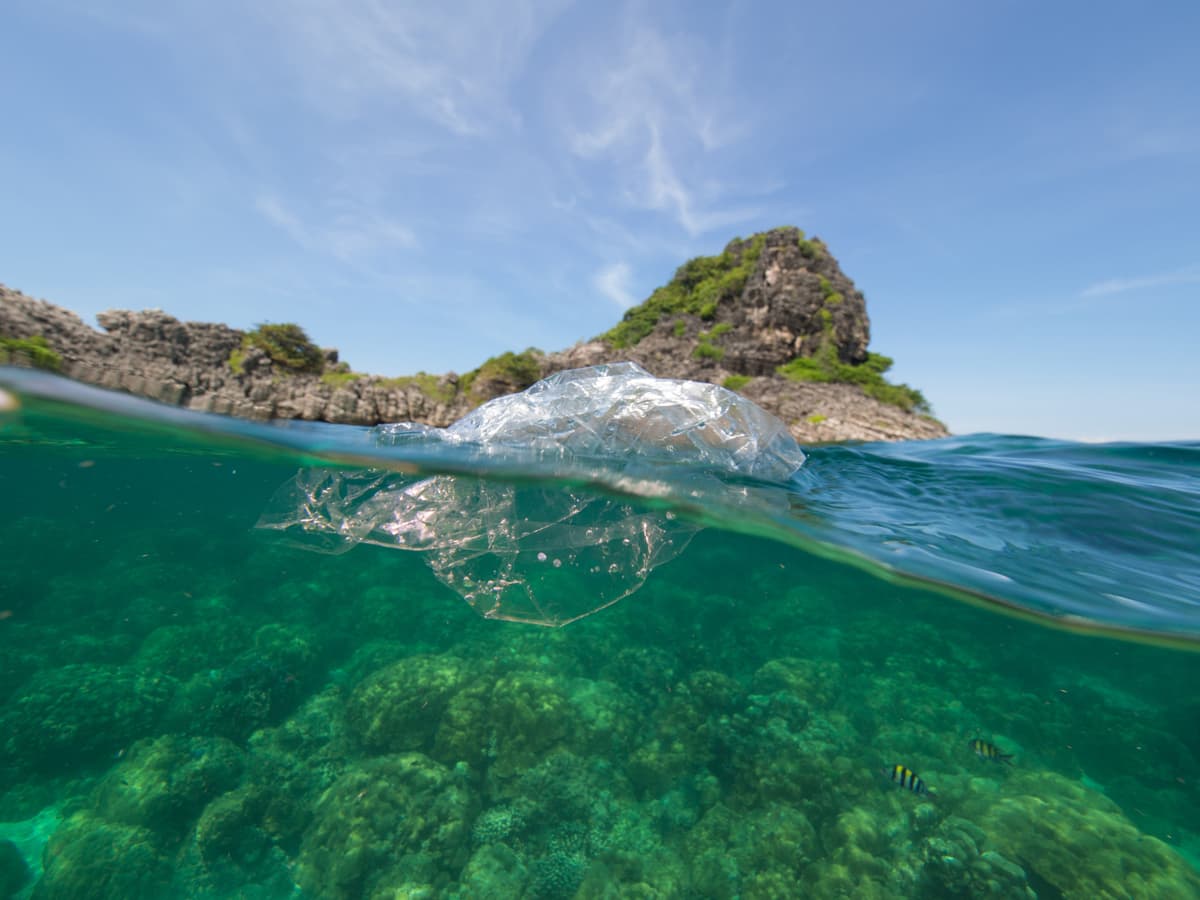
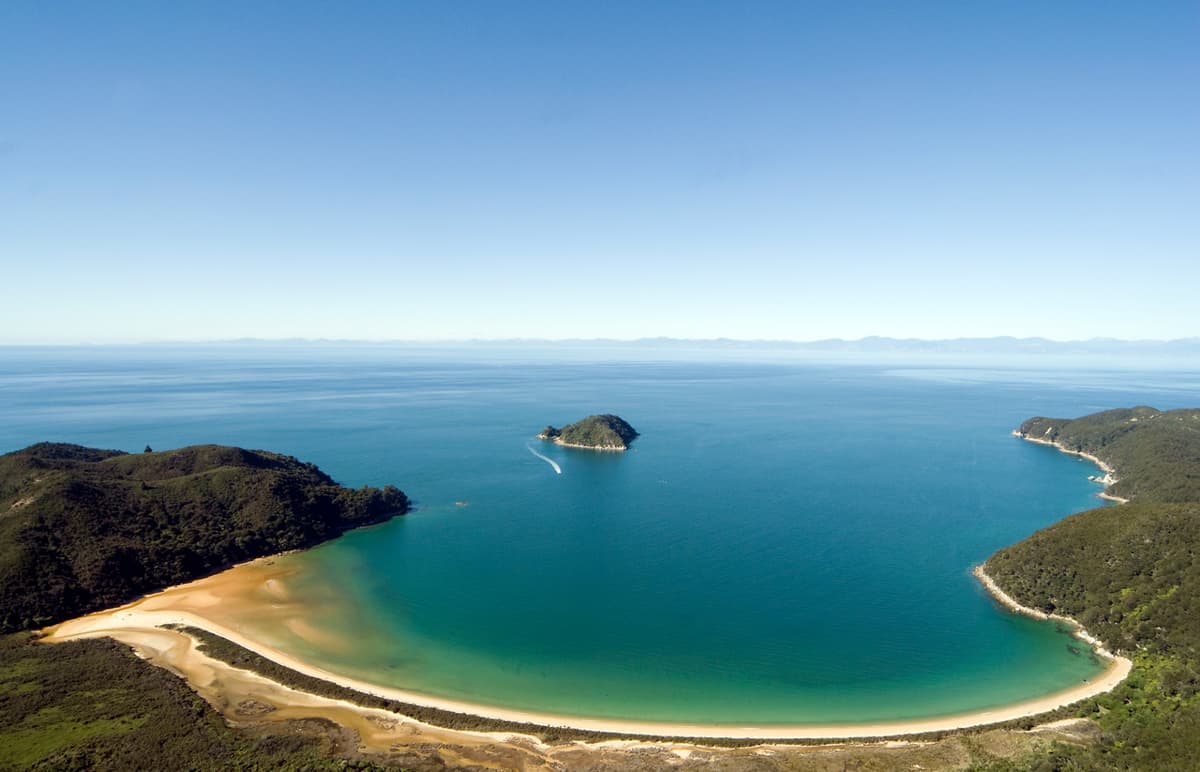
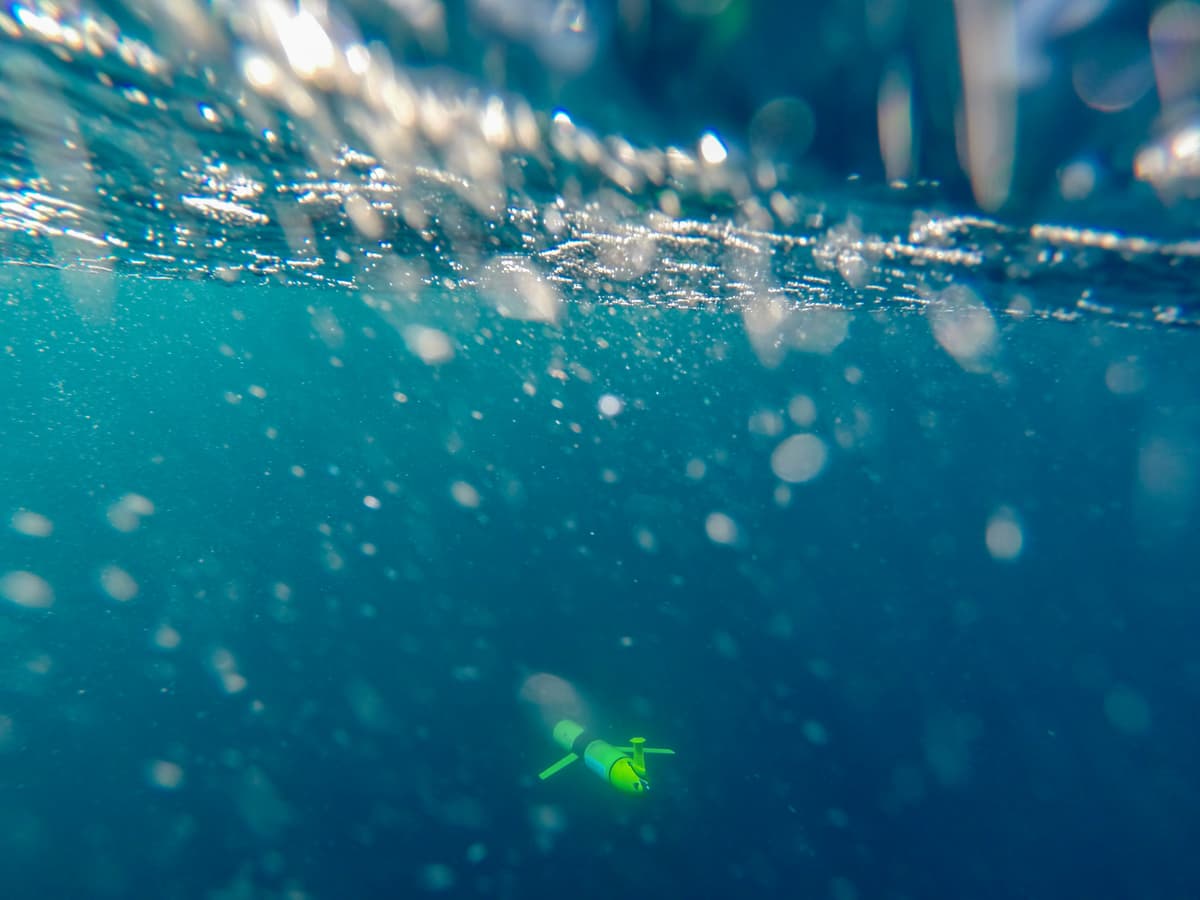

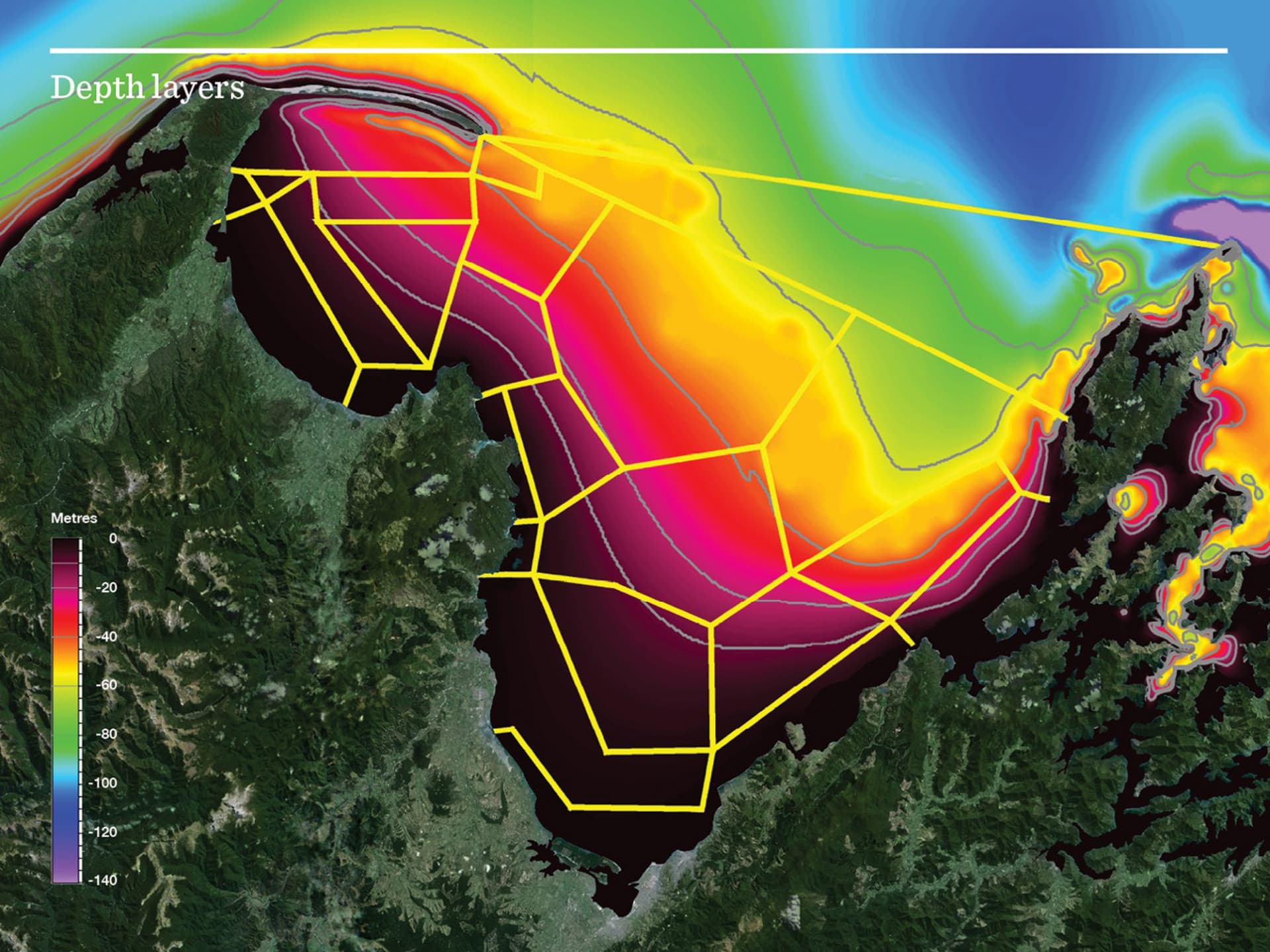
We developed simulation models for the Tasman and Golden Bays marine ecosystem to test what is likely to happen in different scenarios.
| Project Leader | Duration | Budget |
|---|---|---|
| Ian Tuck (NIWA) | May 2016 – December 2019 | $1,495,000 |
We have put together and validated an ecosystem model using the Atlantis framework. The Atlantis model is a computer representation of the Tasman and Golden Bays area that can be used to mimic, and help understand, dynamics and flow-on effects from changes in the environment or its management. It encompasses everything from sunlight and nutrients through to predators and fisheries. It allows researchers and decision-makers to test different scenarios to understand effects on the whole ecosystem.
We have engaged with regional council representatives, Māori, marine managers, and a range of stakeholders, to understand their concerns relating to the marine environment in Tasman and Golden Bays. The model has been used to explore the implications of a range of environmental and management scenarios. For example, our results suggest that the collapse of scallop populations in the region is not associated with scallop harvesting, but changes in habitat suitability.
We have also built a food-web model and have developed a size-based ecosystem model for exploring scenarios. We investigated ways to compare these modelling approaches and explored which are the most useful to answer specific questions.
This work is strongly linked with the Participatory Tools project which is developing web-based tools so people can interface with model outputs to support decision-making.
This project has produced or contributed to:




